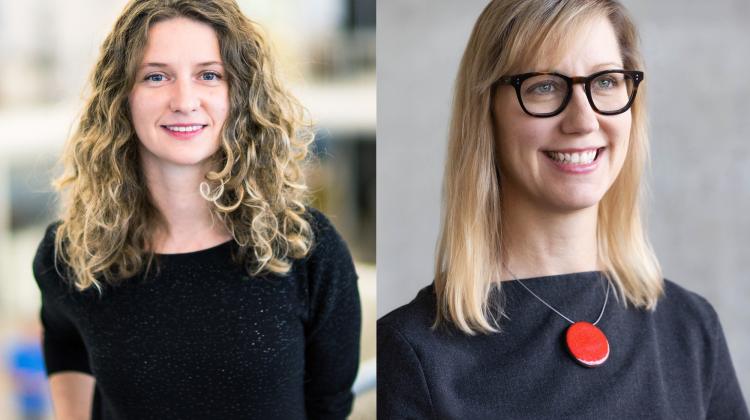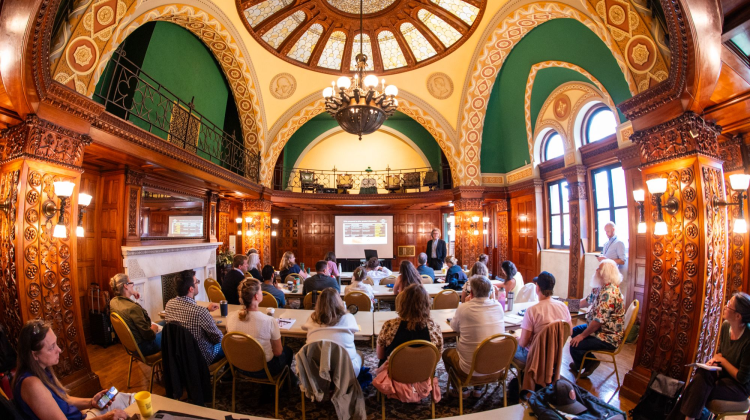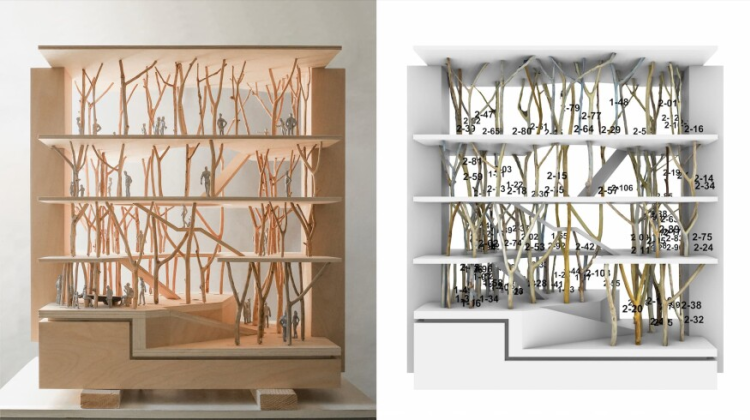4.440 J
1.056 J
4.462
Introduction to Structural Design
UG: 4.440, 1.056; Grad: 4.462
Introduces the design and behavior of large-scale structures and structural materials. Emphasizes the development of structural form and the principles of structural design. Presents design methods for timber, masonry, concrete and steel applied to long-span roof systems, bridges, and high-rise buildings. Includes environmental assessment of structural systems and materials. In laboratory sessions, students solve structural problems by building and testing simple models.
Graduate and undergraduate students have separate lab sections.
GIR LAB (4.440)
T.A.
Spring
2026
4.440: 3-3-6
U
4.462: 3-2-4
G
Schedule
MW 9:30-11
4.440 Lab: F 10-12
4.462 Lab: W 5-7
Location
Lecture: 3-333
4.440 Lab: 5-233
4.462 Lab: 3-442
Prerequisites
4.440: 18.02, 4.462: permission of instructor
Required Of
BSA
Restricted Elective
Arch Minor
Can Be Repeated for Credit
No






